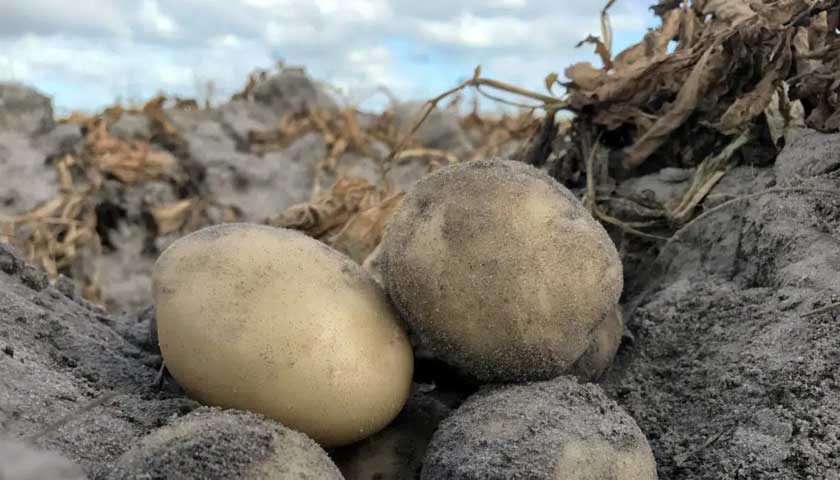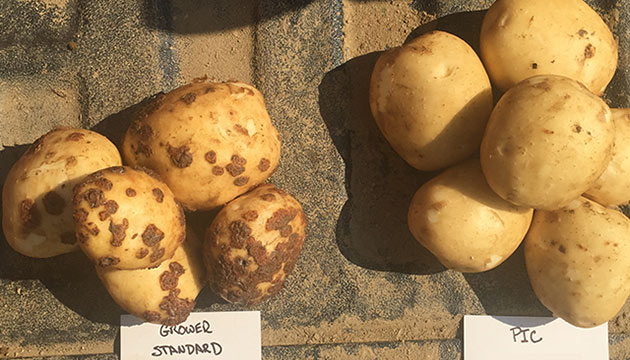
Independent third-party studies and numerous global trials show TELONE™ doesn’t sterilize the soil—but rather, it supports a diverse and highly functioning microbiome.
Read More

Independent third-party studies and numerous global trials show TELONE™ doesn’t sterilize the soil—but rather, it supports a diverse and highly functioning microbiome.
Read More

If you’ve farmed for several decades, you’ve seen firsthand the shift from broad spectrum to targeted pest management. Partially, the change has occurred because today’s available technologies are so vastly more precise than what our parents and grandparents used.

“Organic has its place, but it’s really important to define what organic is — and what it isn’t — especially in the context of sustainable ag. Organic has rules and limits, but it doesn’t necessarily always translate to maximum actual regenerative impact.”

A group of scientists at the University of Florida have been investigating the impact of soil fumigation on microbial communities and recently published some of their findings. They found that fumigant treatments with greater than 60% chloropicrin consistently increased tomato yield

One gram of soil can hold more than 50,000 species of microbes, all living, breathing, interacting and impacting our soil, land, and air. Swiss researcher Mark Anthony recently calculated that soil is home to 59% of Earth’s total life, the most biodiverse habitat on Earth!

Soil fumigation is highly effective at managing soil pests that cause crop disease. However, it is regularly accused of doing more harm than good to overall soil biology. Advances in genetic sequencing technology can now show how fumigation actually changes bacterial and fungal populations in agricultural soil, and the close-up look is surprising.

The Pacific Northwest is known for producing hops that can be devastated by pathogens such as Rhizoctonia solani, Verticillium, Fusarium, and Alternaria. These pathogens can result in stunted growth, wilting and root decay which drastically impact plant growth and consequently hop yield and quality.

A study from Frontiers in Soil Science has unveiled promising strategies to enhance potato yields and mitigate Rhizoctonia canker. Research from the IRDA and Université Laval in Québec chloropicrin soil fumigation as a biostimulant on potatoes.